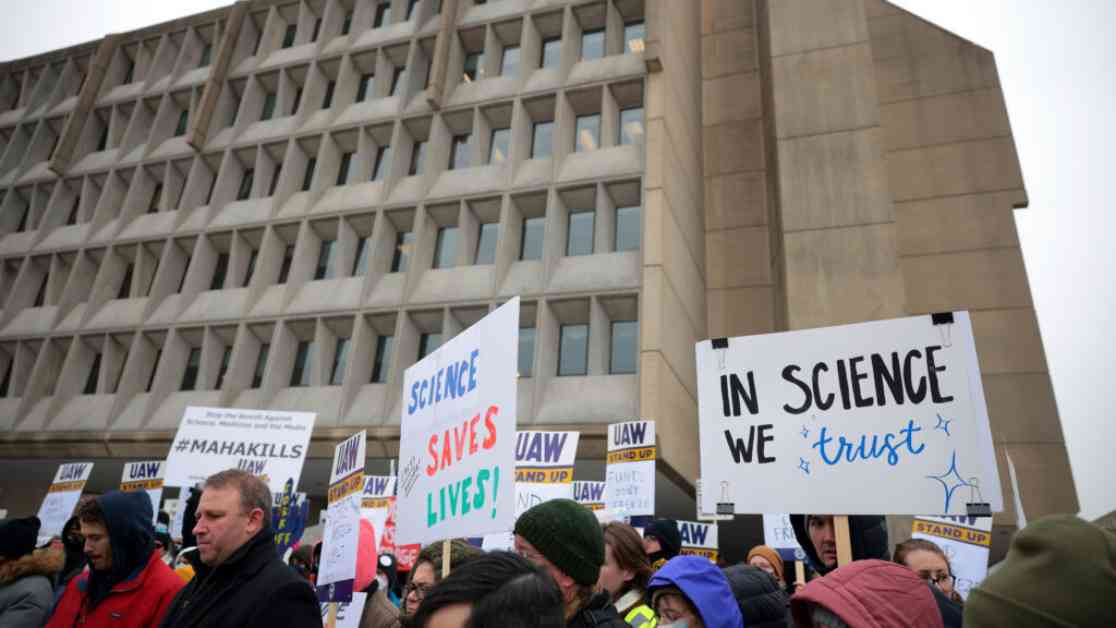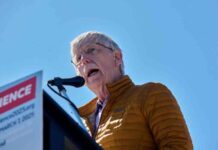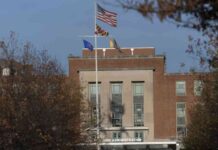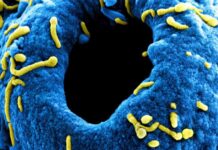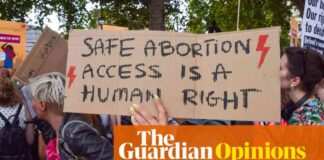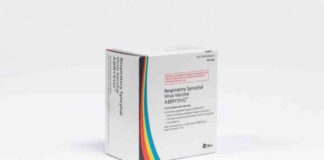District Judge Extends Order Blocking Trump Administration’s NIH Indirect Cost Cap
In a heated courtroom battle that lasted for two hours, the Trump administration and a group of plaintiffs stood their ground on Friday as a federal judge, U.S. District Judge Angel Kelley, deliberated over a critical decision. The topic of contention? A proposed cap on indirect costs that the National Institutes of Health (NIH) pays grant recipients. With the fate of billions of dollars in research funding hanging in the balance, the temporary restraining order was extended by Judge Kelley, preventing the implementation of the controversial policy change.
The proposed 15% cap on indirect costs, if enforced, would have far-reaching implications for universities and biomedical research institutions, potentially affecting over $4 billion in research funding. Introduced abruptly on a Friday evening, the policy change was set to take effect the following Monday. However, a wave of resistance in the form of three lawsuits filed over the weekend led to Judge Kelley issuing a nationwide restraining order, halting the implementation of the cap.
### The Outcry and Opposition
In the days leading up to the pivotal court hearing, a groundswell of opposition emerged from researchers and institutions across the nation. Concerned about the adverse effects of the proposed change, various groups rallied in support of the lawsuits. Notable among them were a coalition of mayors spearheaded by Boston Mayor Michelle Wu and MassBio, a consortium representing 1,700 life science companies in Massachusetts. As the legal battle intensified, an open letter circulated among researchers, attracting over 1,000 signatures in just 48 hours.
The plaintiffs, comprised of 22 state attorneys general, universities, hospitals, and industry associations, contended that the indirect cost cap violated NIH regulations and contradicted congressional laws designed to safeguard research funding. They warned of “irreparable harm” should the 15% cap be allowed to proceed, underscoring the potential catastrophic impact on research institutions nationwide.
### Legal Showdown and Expert Insights
As the courtroom drama unfolded, both sides presented compelling arguments regarding the legality and consequences of capping indirect costs. While the Trump administration sought to justify the move as a reallocation of funds into new grants, the plaintiffs maintained that the cap was arbitrary, capricious, and unlawful. Notable expert voices, including Jeremy Berg, former editor of Science and ex-director of the National Institute of General Medical Sciences, expressed confidence in the plaintiffs’ case, predicting a favorable outcome in the courts.
Throughout the proceedings, lawyers representing the plaintiffs painted a grim picture of the fallout from the proposed cap. Citing declarations from key institutions, they highlighted potential repercussions such as facility closures, student enrollment restrictions, and cessation of critical clinical trials. Outside the courtroom, Timothy Leshan, a prominent figure in public health advocacy, expressed cautious optimism, noting the judge’s astute questioning and receptiveness to their arguments.
As Judge Kelley exited the courtroom, leaving the fate of the NIH indirect cost cap hanging in the balance, she offered no indication of her impending decision. With the weight of billions of research dollars and the future of scientific innovation at stake, the nation now waits with bated breath for the final ruling that could shape the landscape of biomedical research funding for years to come.
